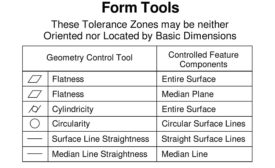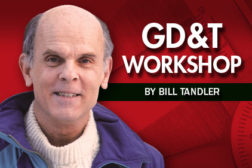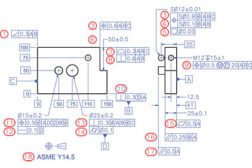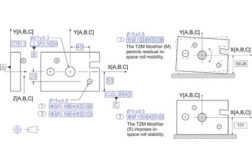Bill Tandler
Bill Tandler is president and founder of Multi Metrics Inc. (Menlo Park, CA). For more information, call (650) 328-0200, e-mail [email protected] or visit www.multimetrics.com .
ARTICLES
Measurement
For the sake of industries around the world, it is time to make GD&T much easier to use, and much easier to use correctly.
Read More
Empowering GD&T
Based on the ASME Y14.5 2009 Standard. Without GD&T, manufacturing is a guessing game.
June 1, 2017
GD&T Workshop
GD&T Functionality
A good way to learn more about GD&T is to critique its application.
January 3, 2013
Stay in the know with Quality’s comprehensive coverage of
the manufacturing and metrology industries.
eNewsletter | Website | eMagazine
JOIN TODAY!Copyright ©2024. All Rights Reserved BNP Media.
Design, CMS, Hosting & Web Development :: ePublishing




